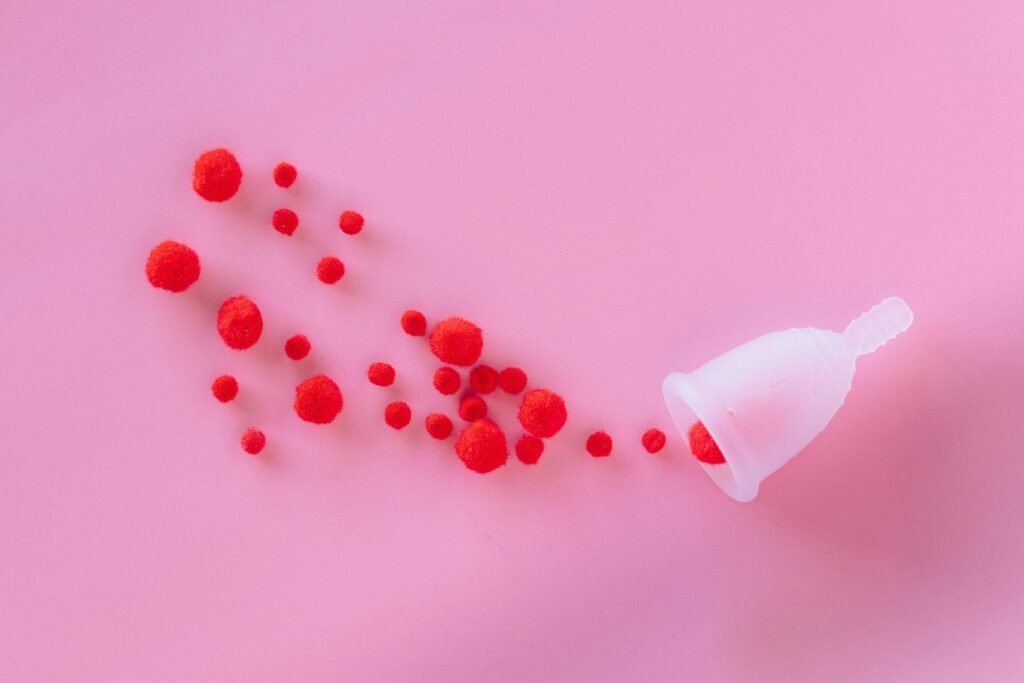I had a copper IUD inserted four years ago. At the time, I was looking for a non-hormonal method of contraception—something long-lasting but without the hormonal side effects. After doing some research and speaking to my doctor, the copper IUD felt like the right fit for me. Now that I’ve recently had it removed, I want to share my full experience: the insertion, what it was like living with it, and how I feel after taking it out.
The Placement Process
I had the IUD inserted at a public clinic. The setup was clean and professional. There’s no way to place it yourself—it must be done by a doctor. I was asked to schedule the appointment within five days after my period ended, which is a common recommendation to ensure the cervix is slightly softer.
During the procedure, the doctor inserted a speculum into my vagina and used a clip-like tool to stabilize my cervix. Then, the IUD was pushed through into my uterus. The moment the clip was used, I felt a cramp that was similar to a mild-to-medium period cramp. While it was tolerable, it was definitely unpleasant.
The First Few Days
That afternoon, I felt like I was getting my period—cramping and spotting started soon after. The cramps lasted for 1–2 days, and I took over-the-counter painkillers to manage them.
My first period with the IUD was fairly normal in terms of blood volume, but the cramps were noticeably stronger. Over the next few months, the cramps became increasingly intense, and the blood flow got heavier. My period also lengthened from the usual five days to six or seven.
The most significant change was the lower back pain. It usually hit hardest around day 3 or 4 of my period, and it often left me bedridden for one to two days. It wasn’t just discomfort—it interfered with my ability to go about daily life.
Long-Term Experience
After the first year, things stabilized. The symptoms didn’t improve, but they didn’t get worse either. I learned to manage the pain with heating pads, medication, and rest.
However, I also started experiencing irregular bleeding between periods. Sometimes, it was just spotting; other times, it was enough to wet my pants unexpectedly. My doctor assured me this was a common side effect of the copper IUD.
Occasionally, during sex, I would feel the IUD—or my partner would—which made the experience uncomfortable. While it didn’t happen often, it was definitely a downside.
Why I Took It Out
After four years of living with the copper IUD, I decided to have it removed. The main reason was the persistent lower back pain during my periods. It was draining and disruptive, and I didn’t want to keep pushing through it month after month.
Life After Removal
Since having the IUD removed, I’ve noticed some clear changes. The lower back pain has eased significantly—I still get some soreness during my period, but it’s no longer strong enough to disrupt my daily life. My periods are shorter again, typically lasting 4 to 5 days, and the blood flow is noticeably lighter than before. I’m currently exploring hormonal patches as a potential contraception method. While I’m still researching the pros and cons, I feel more empowered this time around to choose what works best for my body.
Final Thoughts
Choosing a contraception method is a deeply personal decision. I still think the copper IUD is a great option for people who want a hormone-free, long-term solution. But it’s not perfect, and it certainly comes with trade-offs.
This was my experience—your body might respond differently. If you’re considering a copper IUD, I recommend having an honest discussion with your doctor about what to expect and monitoring how your body reacts over time.
Let me know if you’d like to hear more about life after the IUD or other wellness choices I’ve explored!

